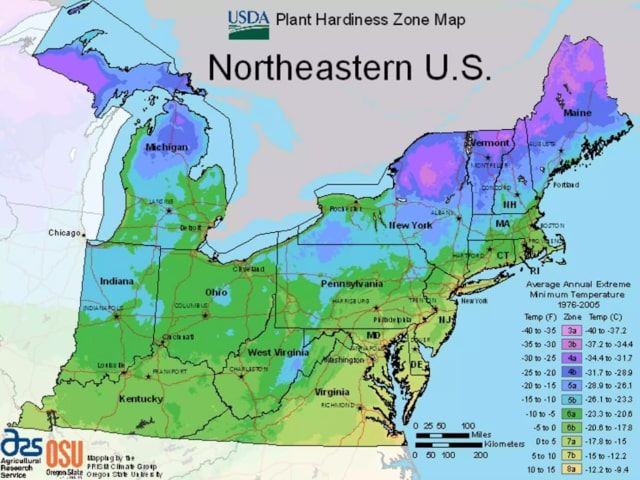
The USDA Plant Hardiness Zone map is an important resource for all gardeners. This is a reference you should consult when choosing plants for your garden. It is crucial to pick only those plants that can grow in your climate, and to do this, you need to see a plant's USDA hardiness zone suitability. Also, it is important to know your own hardiness zone.
Keep in mind that each of the zones is defined by the average minimum annual temperature. It means that the zone focuses on how cold gets in a specific climate during a typical year. On the other hand, the term "hardiness" refers to a plant's ability and likeliness of survival during the coldest time of the year.
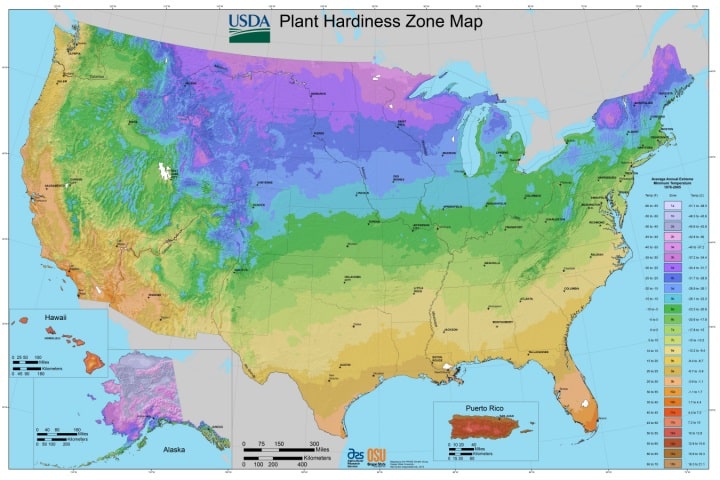
This is why it's important to understand information about plants. A detail about the USDA hardiness zone directly refers on temperatures that a plant needs for survival. For example, of a plant is said to be "hardy to USDA zone 5", it means that it can survive up to the minimum annual temperatures in USDA zone 5 climates, which is - 20 degrees F (-28 degrees Celsius).
Hardiness zones are also often called planting zones or growing zones. These are important to consult, but it is important to understand that these are just advice for appropriate climate conditions. Keep in mind that a microclimate in which a plant grows has a lot of influence. For example, USDA hardiness zone 5 has warmer and colder areas, so it will depend a lot on where your plant is located. In warmer areas of the zone 5, it might be possible to grow plants that are labelled "hardy to zone 6". It is important to keep this in mind when choosing plants for your garden.
Northeastern USA Planting Zones
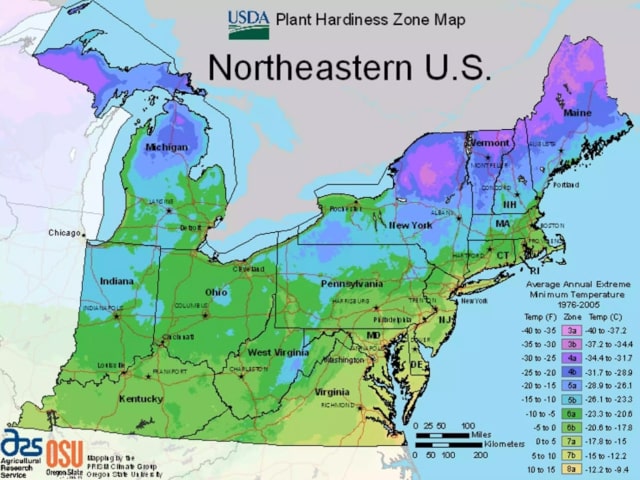
When it comes to the USDA hardiness zone standard, Northeastern USA includes New England states, New York and also all the way to Virginia in the south and Michigan to the West.
Keep in mind that one state, even a small one, can contain more than one growing zone. For example, Massachusetts has 5 growing zones (it includes USDA hardiness zones 3 to 7).
The north parts of New York, Michigan, Vermont, Maine and New Hampshire include some of the coldest parts of continental US so this is important to keep in mind when choosing plants to grow in your garden.
Southeastern USA Planting Zones
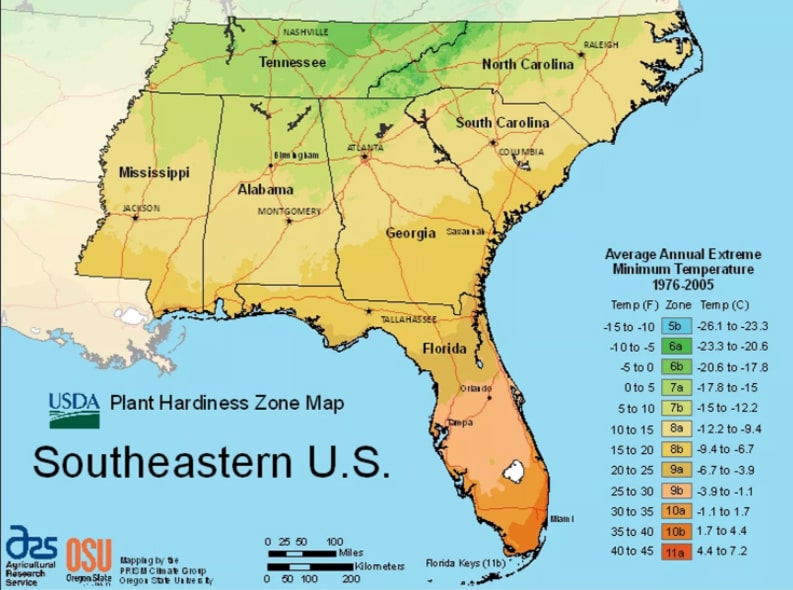
When it comes to the south, USDA hardiness zones generally include zone 6 to 11. However, some parts go into the extreme. For example, Florida goes one rank higher than these zones.
It is typical that the rank of a USDA hardiness zone goes down as elevation rises. This is an important factor in this part of the USA because of the Smoky Mountains.
Another problem in this part of the country is the abundance of clay soils. This is another factor you need to take into account when choosing plants to grow in your garden. In case your garden soil contains too much clay, chances are you will need to amend it or choose plants that can tolerate clay soil.
South-Central USA Planting Zones
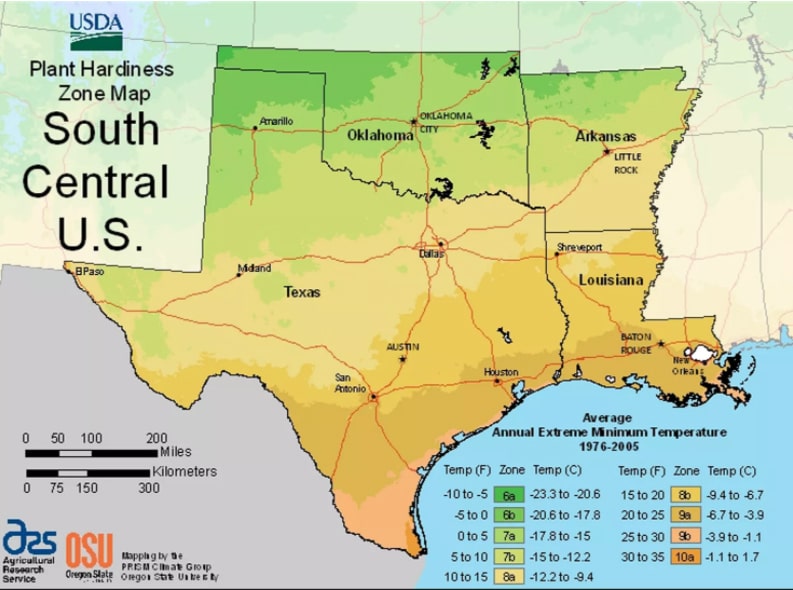
This part is geographically dominated by Texas and is home to climate extremes. Hot and humid areas are common along the Gulf Coast. On the other hand, parts around the Texas Panhandle are hot and dry. This is important to take into account when choosing plants to grow in your garden.
Southwestern USA Planting Zones
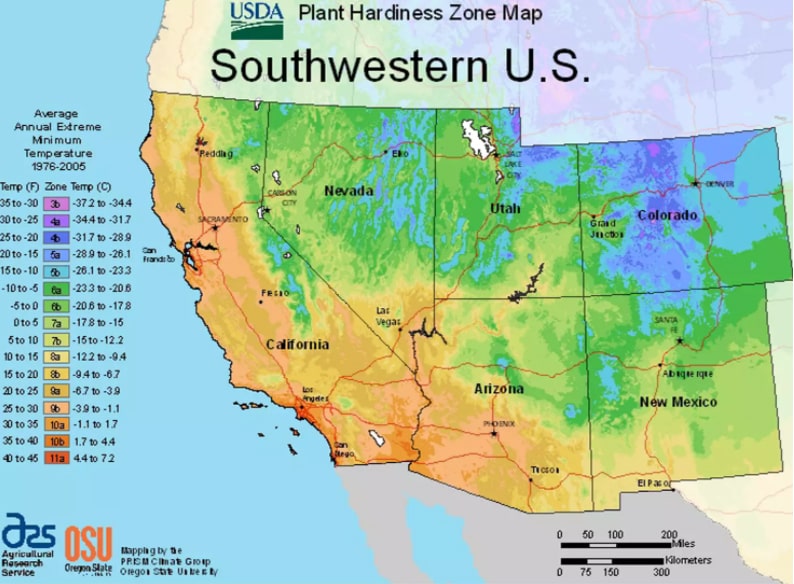
This climate area is dominated by California, which is very diverse when it comes to climate condition. Also, the Mojave Desert and the Sierra Nevada almost feel like different planets. This is something you need to keep in mind when choosing plants for your garden.
Southwest is generally characterized by start climate contrasts. Climate can range from Colorado, which is USDA hardiness zone 3, to deserts of southern New Mexico, Arizona and California, which belong to the USDA hardiness zones 10 and 11. High temperatures are common in these areas, but gardeners should also beware of the caliche soil.
Northwestern USA Planting Zones
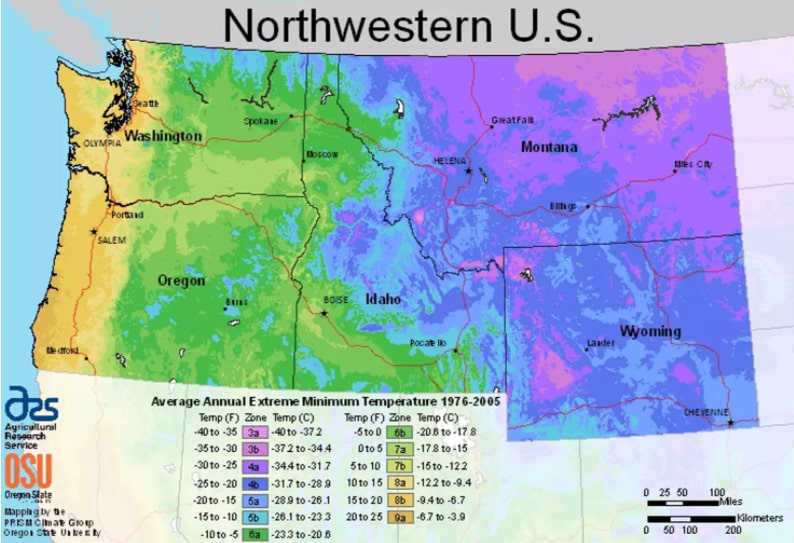
This area includes the rainy climates od the Pacific coast, but it also includes Montana and Wyoming, which are not as wet as the Pacific coast. There are many different climate conditions you can encounter in this zone, so it is important to know your own specific climate before choosing plants for your garden.
North-Central USA Growing Zones
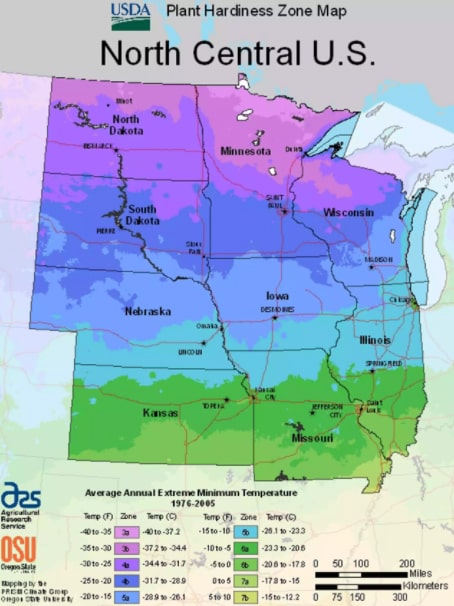
This area is strongly dominated by cold USDA hardiness zones, which go from zone 3 to 5. There is one extreme in the southern part that offers somewhat milder climate and includes USDA hardiness zones 6 and 7.
How to Use Microclimates to Improve Your Gardening
As noted above, microclimates are very important. Your USDA hardiness zone is not the whole picture: the microclimate for growing your plant is crucial. Microclimate is a climate of a specific, small place that is contrasted with the macroclimate, the climate of the general area. Keep in mind that the USDA hardiness zones refer to the macroclimate, so your microclimate can differ from this.
If you are a beginner, it is best to follow instructions for gardening according to the standard USDA hardiness zone in your area. However, once you get more experience, remember that you might be able to improve your gardening using microclimate. You might be able to grow plants hardy to the next warmest zone. In order to do this, you need to know how to use microclimate properly. This is not always successful, and it does require some skill, but it is definitely something that can be used in order to grow more plants than those that are hardy for one's specific hardiness zone.
A microclimate area can be anything: a sunny nook in your yard, a place sheltered from harsh winds and frosts, or another small area. The temperatures in these microclimates are generally higher than in the rest of your yard. These areas are ideal for experimenting with gardening and for growing plants that generally can't grow in your USDA hardiness zone. For example, if your hardiness zone is 5, a sunny nook may allow you to grow plants that are hardy to the zone 6. Another thing to remember is that microclimate areas like this can be a great place to harden off plants.
On the other hand, keep in mind that microclimates are not necessarily warmer - they can also be colder than those in the general area. Those include, for example, a foot of a hill or a shady part of your garden. Coll air may settle there, making the microclimate colder. These areas are also those that are hit the most by the frost. This is why it's important to know these areas of your garden well, because delicate plants cannot be grown here, even if they are technically hardy to your USDA hardiness zone. Frost damage is often a very localized phenomenon, so you need to know your garden well.
Microclimate goes beyond the temperature. It also refers to other characteristics, such as soil quality. Some parts of your garden might have dry soil or wet soil, while some might be more or less acidic. Those are all factors you need to take into account.
If you wish to use microclimate to your advantage, you may wish to create a microclimate on purpose. This can be done by strategically places structures or planting. For example, if you build a small wall around your garden space, it will create a microclimate. The wall will make a shelter for your plants, but it will also retain heat during the day and radiate it during the night. All of this will make the area warmer. Outbuildings, such as storage sheds, hedges and solid fences are other structures that can be used to create microclimates.
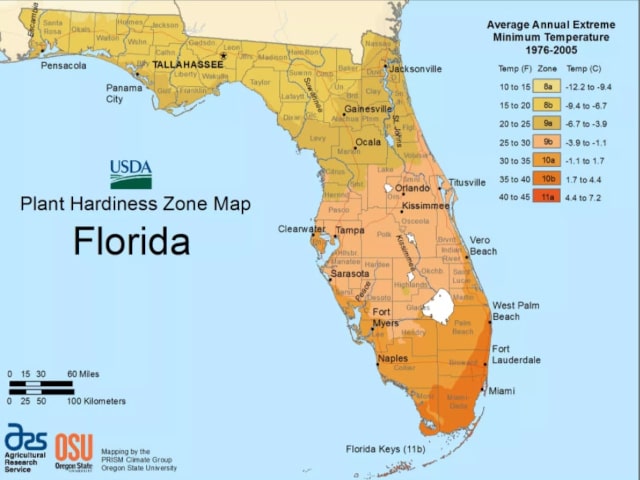
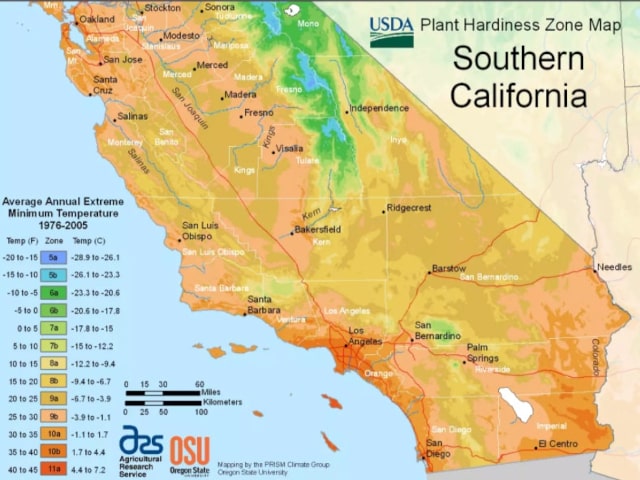
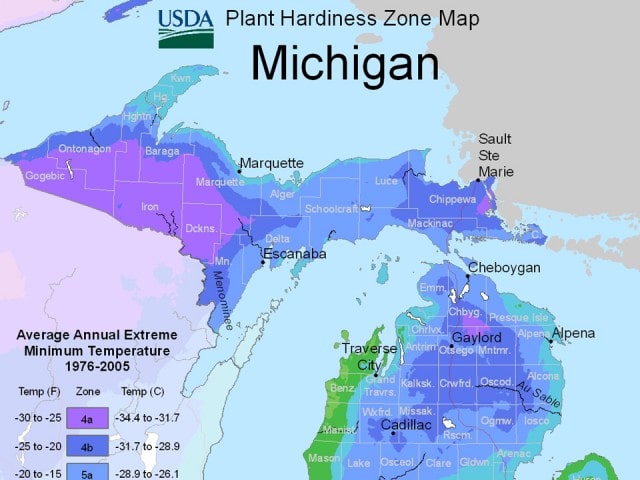
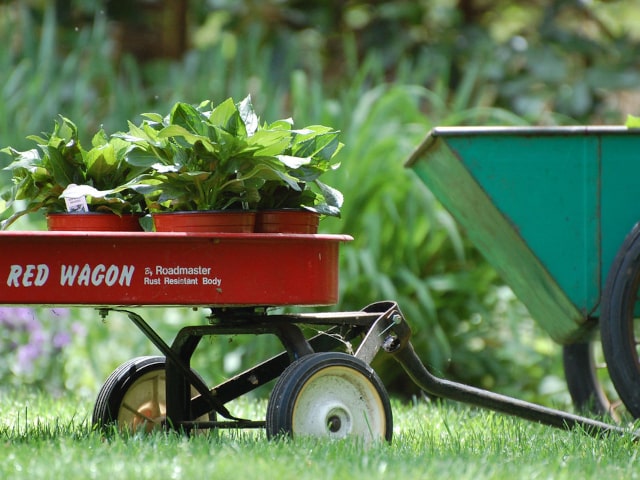
0 Comments